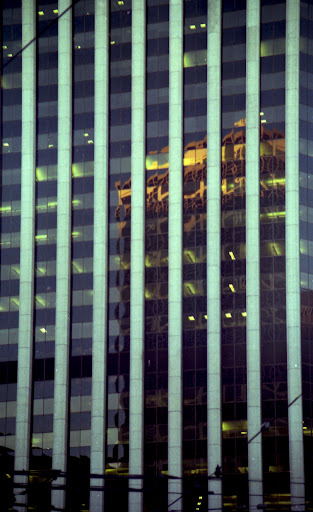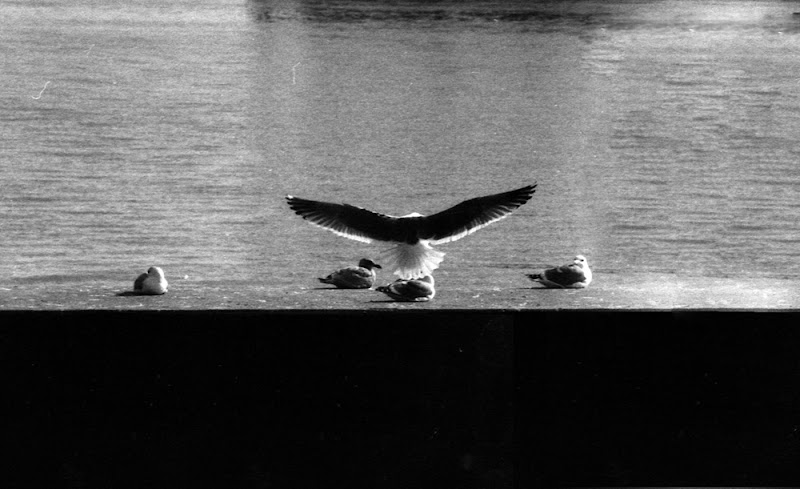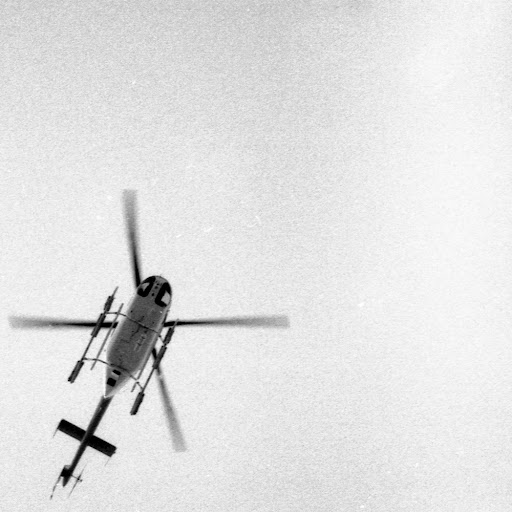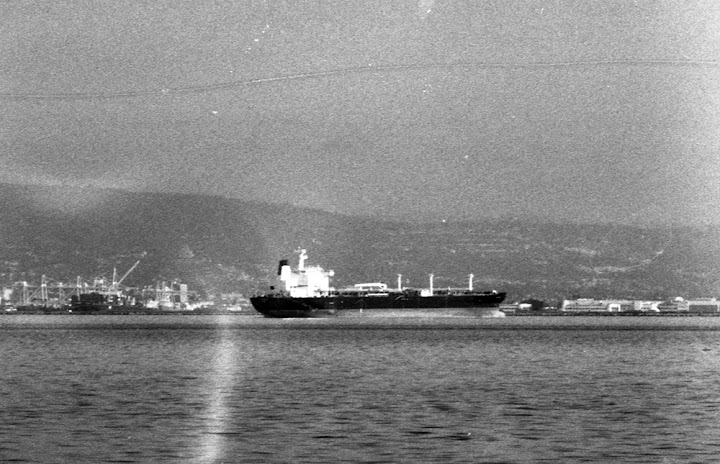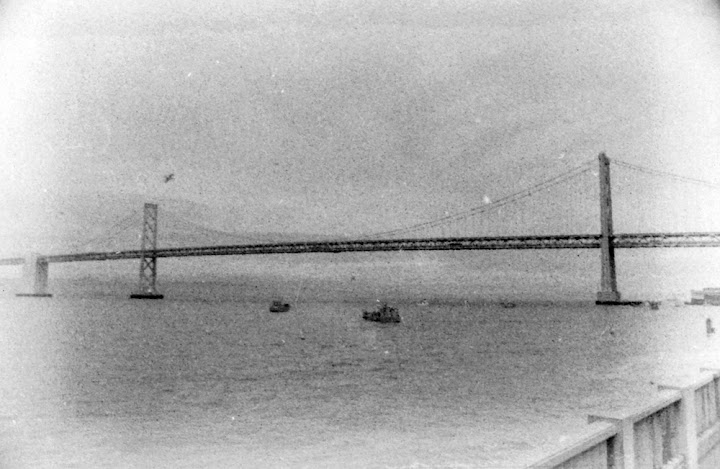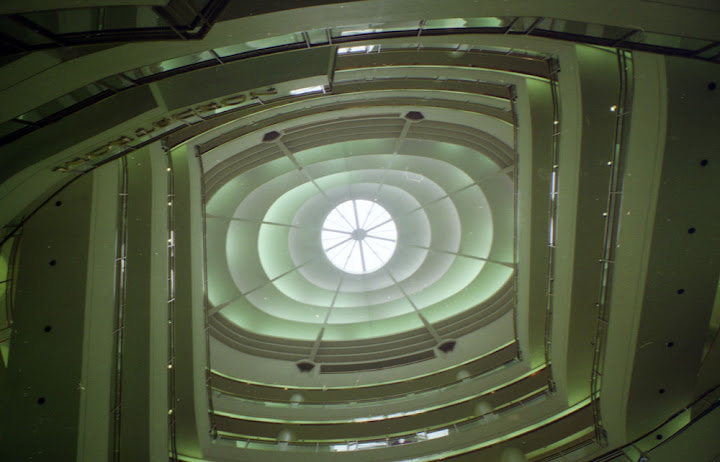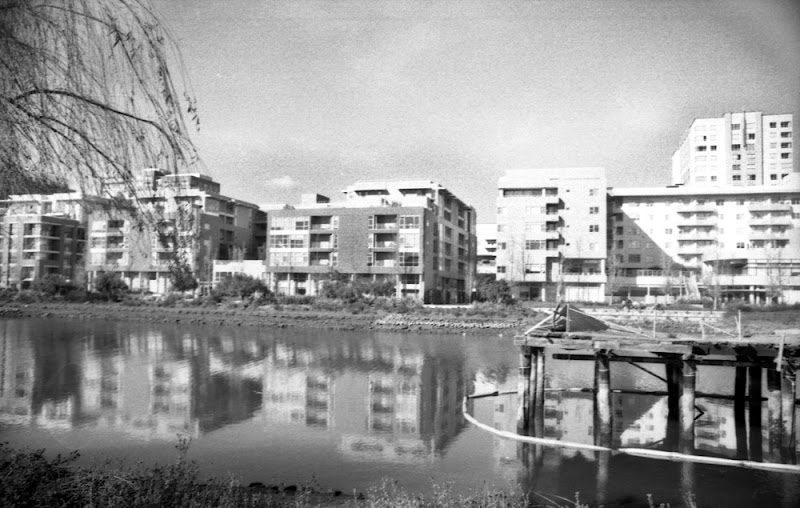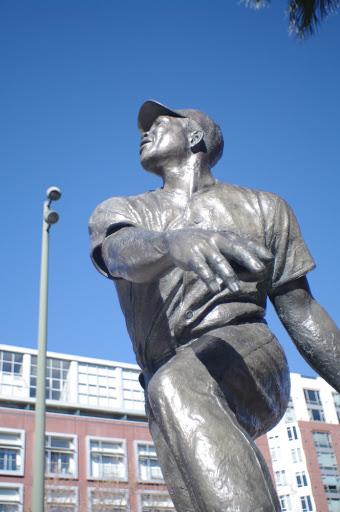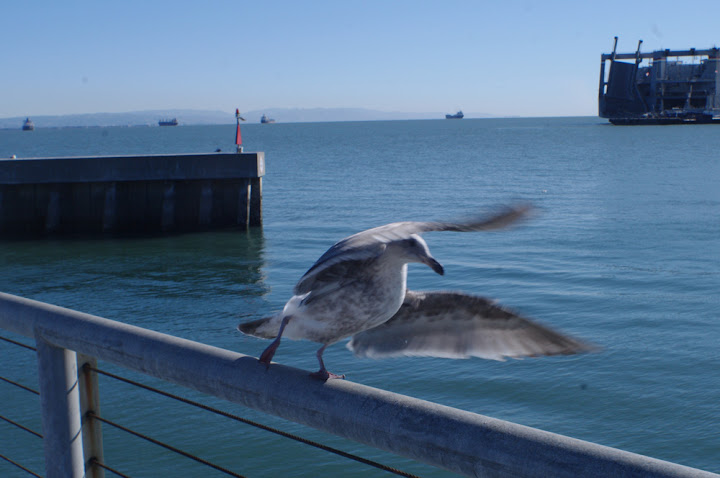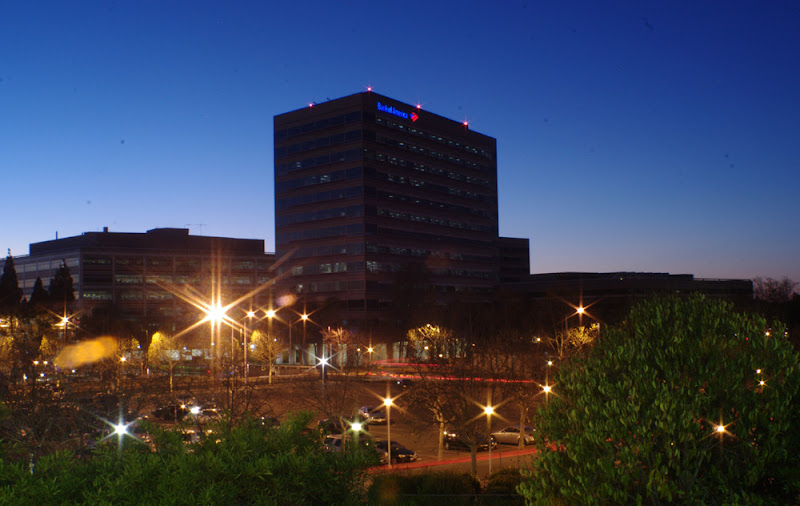This week yielded mixed photo results but much good news as I added three working cameras to my shelf and managed to get two others already in my collection to work properly. My SRT 102 and Nikkormat FTN, with some cleaning and new batteries, now have working light meters. In addition, my Nikon F3 is back and working and I added a Pentax K2 and Nikon EM. This week, in fact, will feature the F3, K2, and EM.
Monday: For fun, a folding camera! This week you'll see results from last week's outing with the Juwella. The results were, to be kind, poor. It seems my Sekonic light meter is not as accurate as hoped. Everything was fairly overexposed. This week's folding camera will be a Zeiss Ikon 515/2 (B 97684) with ShangHai 100 ISO. You may recall from a couple weeks ago my problems with the ShangHai paper leaving dots on the film. To prevent that, I re-rolled the film onto a used Tmax backing, a much higher-quality paper.
Tuesday: Nikon F3 (1635441) with the Nikkor-Zoom 43-86mm (506282), Foma 400 film, and a Nikkor Y48 filter. Foma film benefits greatly from a yellow filter.
Wednesday: Pentax K2 (7024716), Pentax-M 50mm (2507002), and Pan-X 125 ISO with a yellow filter.
Thursday: Nikon EM (7179116), Nikon 35-80mm (4438066), and Foma 400 with a dark amber filter. I've never used this filter, a Hoya, so I'm excited to see the results it yields.
Friday: A second folding camera enters the lineup -- Kodak Retina IIa (EK624702), using Pan-X 125 ISO. I'm sad, actually, to be using the Pan-X. These are the last two rolls I have and, in all likelihood, are the last two rolls I will ever again see. This film has been long out of production and, I assume, there are no plans to change that.
But, without additional delay, let's see what this week holds for you:
The Juwella, when it's on, returns great results. It stops down to f32 and can deliver images of exceptional clarity. It was not on last week.
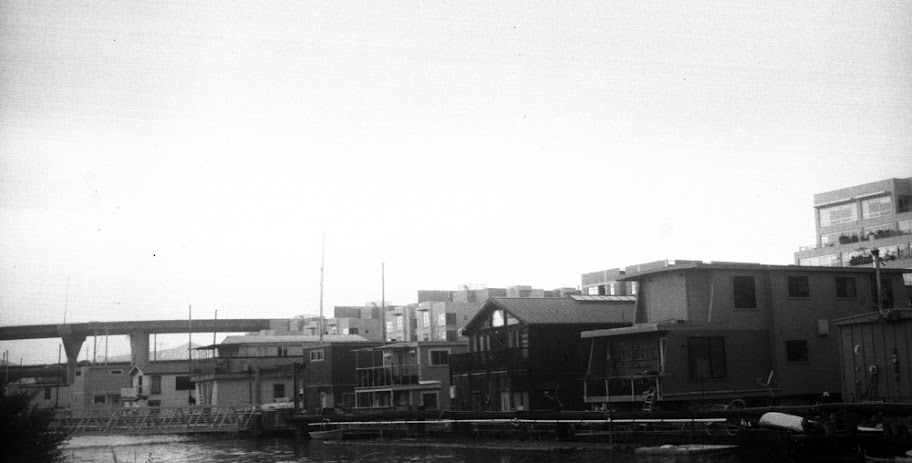
On Tuesday I took the Nikkormat FTN and a telephoto lens out for ship and bird spotting. The meter was then not working, so some of the shots weren't perfect. And, as bad, the light seals are dust along the door. So most of the photos had light contamination. And I cross-spooled the negatives leading to additional image failures. Through all that, a few shots came out.

The N70 almost always delivers great results. Here is a digital monochrome conversion from last Wednesday.

Thursday I tried out a new lens, a 28mm Telesar, for my Minolta SRT 102. Wow, this lens vignettes like it's inside a tube, but it returned some good results amidst a roll of many blurry or missed-focus shots.

The AE-1 is a great camera and the kit 50mm lens among the best kit lenses. It returned some nice results, but the lab I used has stopped changing their chemicals because they're going to stop developing film entirely in a month. So the results are, again, not up to par in terms of IQ.

This week we'll also have a special Saturday edition from a four-hour walk I took along Market Street and union Square. Fifty or so photos turned out well (of about 170), and I'll share some this week as well as the extensive photo editing done to improve the results. As a sample, this was one of my more-heavily-edited shots ans required separating the background, desaturtating the colors, and increasing the shirt's blueness about 6%.






